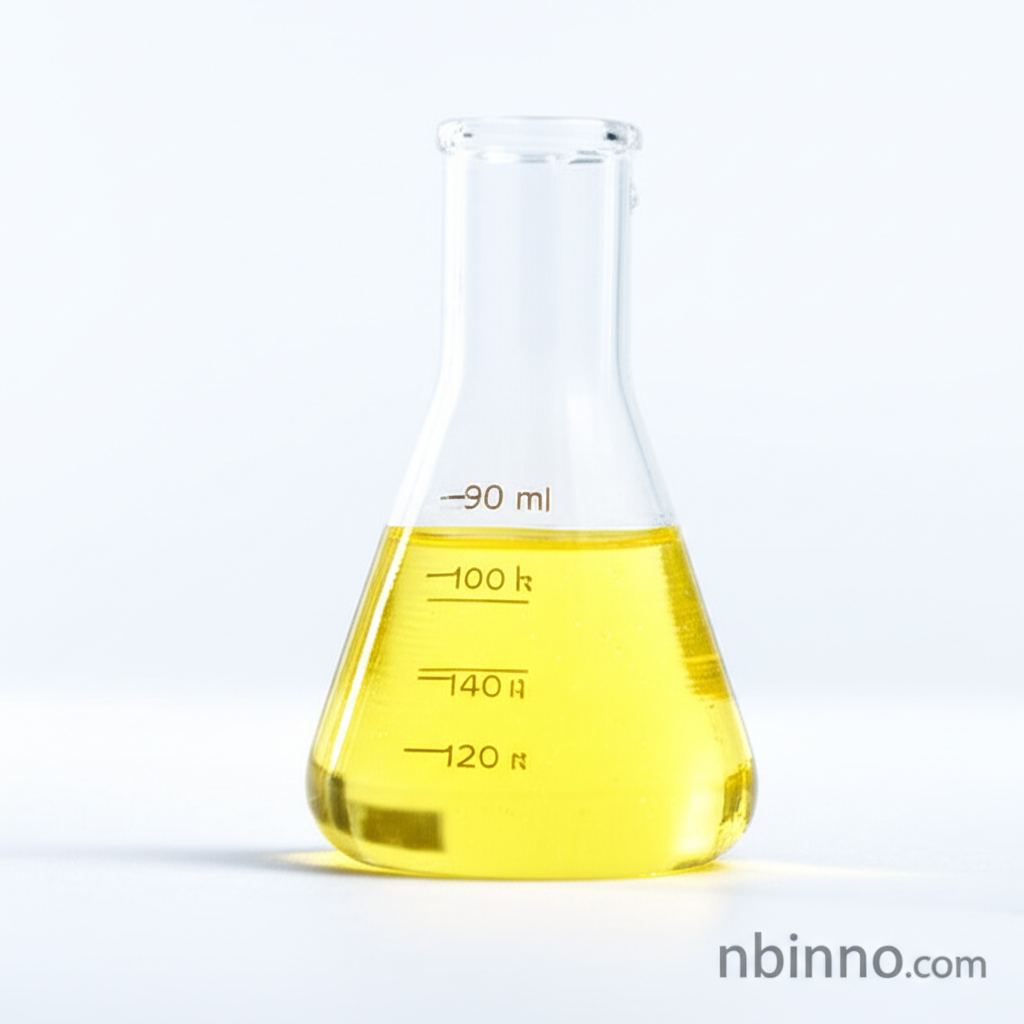Tris(2-chloroethyl) Phosphite: A Key Intermediate in Ethephon Synthesis
Explore the properties and applications of Tris(2-chloroethyl) Phosphite, a vital component in agricultural chemical production.
Get a Quote & SampleProduct Core Value

Tris(2-chloroethyl) Phosphite
Tris(2-chloroethyl) Phosphite is a critical chemical intermediate primarily utilized in the synthesis of Ethephon, a widely recognized plant growth regulator. Its specific chemical properties make it indispensable for this agricultural application.
- This colorless oily liquid serves as a key intermediate for the chemical synthesis of ethephon, a vital compound in modern agriculture.
- With CAS number 140-08-9, its physical and chemical properties are well-documented, including a density of 1.328 g/mL and a boiling point of 112-115 °C at 2 mm Hg.
- The material is supplied as a colorless oil liquid, facilitating its handling and incorporation into industrial processes.
- Proper storage in a cool, ventilated place is recommended to maintain its quality and efficacy for its intended uses.
Advantages and Characteristics
Essential for Ethephon Production
As a crucial precursor, Tris(2-chloroethyl) Phosphite is directly involved in the manufacturing of ethephon, a compound that enhances crop yields and quality through regulated plant growth.
Defined Chemical Properties
The consistent physical and chemical characteristics, such as its liquid state and specific boiling point, ensure predictable performance in industrial synthesis, aiding in achieving reliable chemical synthesis of ethephon.
Facilitates Agricultural Innovation
By providing a stable supply of this intermediate, manufacturers can continue to develop and supply effective plant growth regulators, supporting advancements in agricultural applications.
Key Applications
Ethephon Synthesis
The primary application of Tris(2-chloroethyl) Phosphite is as a direct intermediate in the manufacturing process of ethephon, a plant growth regulator used globally in agriculture.
Agricultural Chemical Intermediates
It falls under the broader category of fine chemical intermediates, essential building blocks for a range of specialized chemicals used in various industries, particularly agriculture.
Chemical Manufacturing
Its well-defined properties make it suitable for industrial chemical manufacturing where consistent intermediates are required for complex synthesis reactions.
Research and Development
The compound is also relevant in R&D settings focusing on organophosphorus chemistry and the development of new agrochemicals or related compounds.
